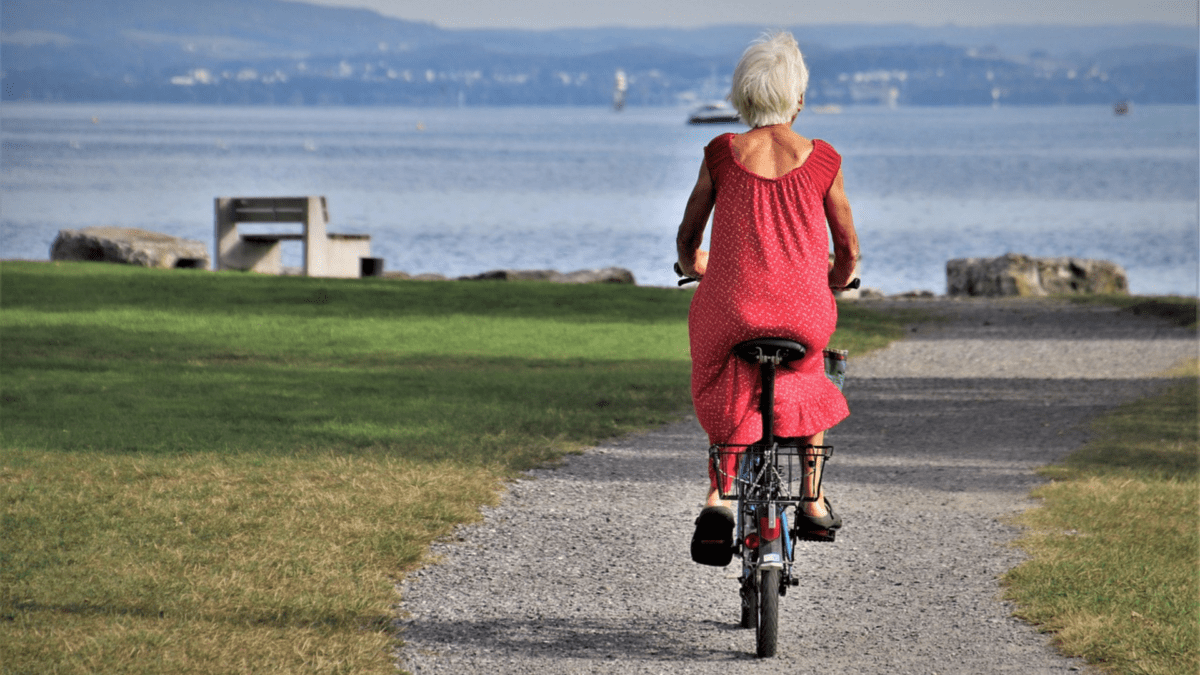Cycling is a fun exercise offering physical, mental and social benefits
Medical science might attribute Japanese longevity to a low rate of obesity, abstinence from red meat and high consumption of fish and plant foods such as soybeans and tea. But their addiction to cycling – nearly 60 per cent own a bike – could well be a contributing factor.
Certainly, there can be no argument that cycling is a healthy activity – as well as a rewarding activity that transcends all age barriers. For seniors, in particular, it offers a plethora of physical, mental and social benefits.
According to Better Health Victoria, the benefits include its low physical impact, causing less strain and injuries than most other forms of exercise, a good muscle workout and an increase in stamina, strength and aerobic fitness. There’s also the option of increasing the tempo – it can be done at a low intensity to begin with, especially if recovering from injury or illness – before building up to a demanding physical workout as confidence and fitness improves.
Health and fitness aside, it’s a great to see the world, with the adventure and buzz gained from being outdoors, meaning you are more likely to continue to cycle regularly.
Finally, it’s a time-efficient – and cheap – mode of transport, replacing sedentary time spent driving a car or using trams, trains or buses, with healthy exercise.
However, if you rush into things and make mistakes, cycling can also carry a health and injury risk, so for seniors who are just beginning, or are getting back into it for the first time after some years, there are some key points to keep front of mind.
Choose the right bike: The first step towards an enjoyable cycling experience is selecting the right bike. Seniors should opt for a bicycle that fits them well and is easy to handle. A step-through frame, with its lower top tube, facilitates easy mounting and dismounting. Considering an electric bike is also a wise choice, as it can assist with pedalling, reducing strain on joints and muscles – this is especially useful if you find yourself getting tired and still have a way to travel.
Get the right gear: Ensuring safety and comfort while cycling involves proper gear. A snug and secure-fitting helmet is essential, as it provides critical protection for the head. Comfortable and breathable cycling clothing also enhances the overall experience. From there, also consider investing in accessories such as a water bottle, a bike lock, bell, mirror and a basket or rack to make the most of your rides.
Start slowly: For seniors new to cycling or those returning after a hiatus, building up stamina and confidence is crucial. Begin with short and easy rides on flat and smooth surfaces. Gradually increase distance, speed and difficulty, always listening to your body and taking breaks as needed. Avoid extreme weather conditions, staying hydrated throughout your cycling endeavours. Make sure you carry a phone with you in case of emergency.
Read up on the traffic rules and be visible: When cycling on the road, you are required to follow the same rules as cars. This means you need to be able to signal turns, stop at red lights and stop signs, and always riding on the left side of the road. Visibility is equally crucial, especially during low-light conditions. Wear bright or reflective clothing and equip your bike with lights and reflectors to ensure other road users can see you.
Make it a social experience: Finally, one of the best ways to remain motivated is to make cycling a social activity. Find a group to go cycling with on weekends or consider whether you can take a cycling holiday with a tour organisation. Nothing will keep you motivated quite like discovering new places and meeting like-minded individuals along the way.
Approached in the right way, cycling will help you make friends, stay fit and healthy, and give you an activity that you can enjoy a few times every week, if not daily. You’ll be amazed just what doors cycling opens for you once you get involved with it.










